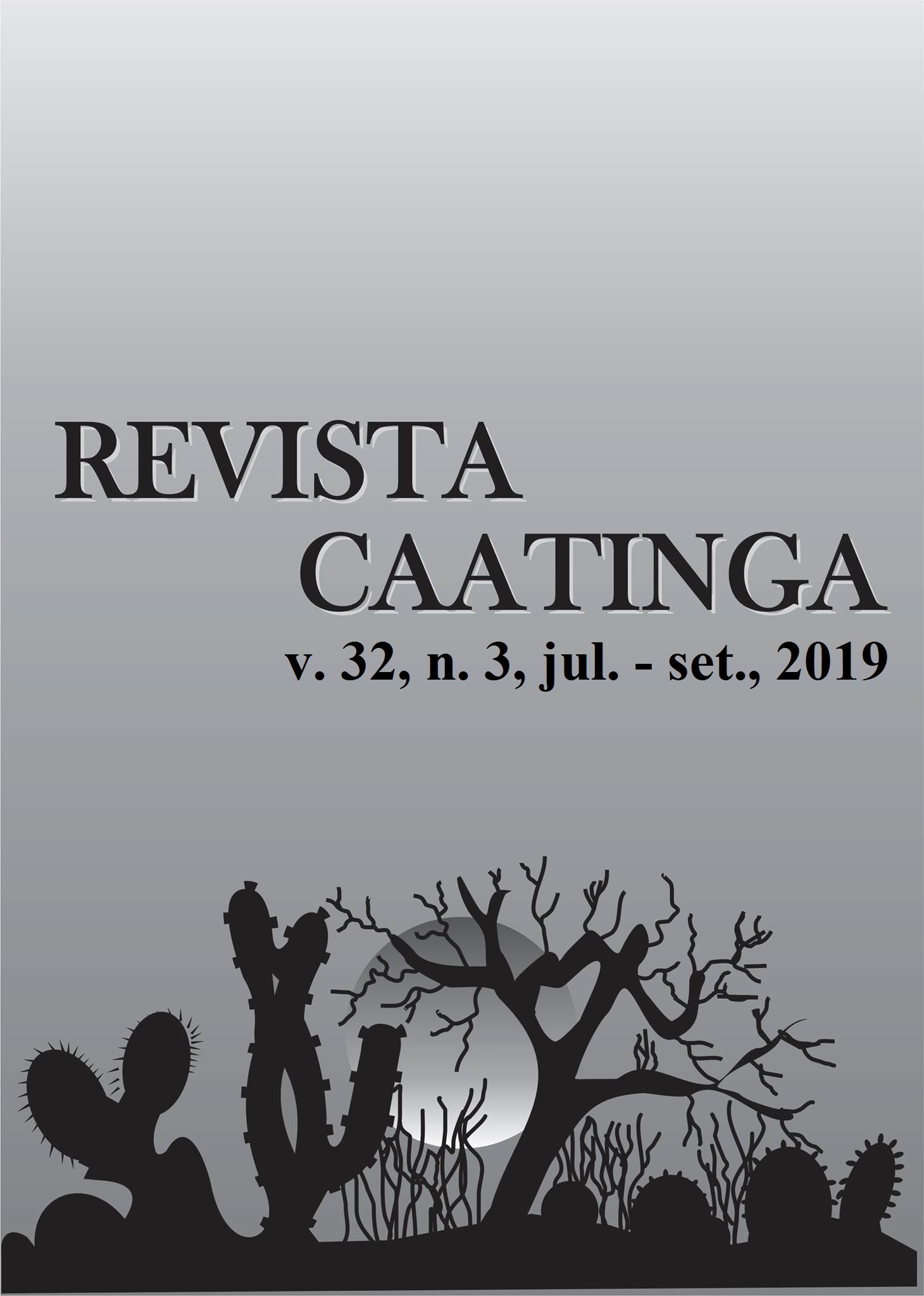GENETIC DIVERGENCE AMONG COWPEA GENOTYPES BY MORPHOAGRONOMIC TRAITS
DOI:
https://doi.org/10.1590/1983-21252019v32n329rcKeywords:
Vigna unguiculata. Germplasm. Variability. Description.Abstract
Cowpea has great socioeconomic importance, especially in the North and Northeast of Brazil, and its genetic improvement has become increasingly relevant. This study aimed to assess the genetic divergence among cowpea genotypes of the active germplasm bank of the Agronomic Institute of Pernambuco to indicate the most divergent and productive as parents aiming at enriching its breeding program in this institution. The experiment was carried out at the experimental station of Itapirema, Goiana, PE, in a randomized block design with four replications. Thirty genotypes were used in the study, being two of them the controls (Miranda IPA 207 and Paulistinha). The parameters flowering, number of pods per peduncle, number of pods per plant, pod length, ten pod weight, grain index, number of grains in ten pods, hundred-grain weight, grain yield per hectare, plant habit, color of flowers, leaves, pods, and grains, and grain shape were assessed. Genetic divergence was observed among the cowpea genotypes. Pod length and weight, flowering, hundred-grain weight, and the number of pods per plant were the main contributors to genetic divergence. Crosses indicated to enable new gene combinations more favorable for cowpea are Pitiúba x Cabeçudo, Pitiúba x Manteiga, and Pitiúba x Costela de Vaca.
Downloads
Downloads
Published
Issue
Section
License
Os Autores que publicam na Revista Caatinga concordam com os seguintes termos:
a) Os Autores mantêm os direitos autorais e concedem à revista o direito de primeira publicação, com o trabalho simultaneamente licenciado sob a Licença Creative Commons do tipo atribuição CC-BY, para todo o conteúdo do periódico, exceto onde estiver identificado, que permite o compartilhamento do trabalho com reconhecimento da autoria e publicação inicial nesta revista, sem fins comerciais.
b) Os Autores têm autorização para distribuição não-exclusiva da versão do trabalho publicada nesta revista (ex.: publicar em repositório institucional ou como capítulo de livro), com reconhecimento de autoria e publicação inicial nesta revista.
c) Os Autores têm permissão e são estimulados a publicar e distribuir seu trabalho online (ex.: em repositórios institucionais ou na sua página pessoal) a qualquer ponto antes ou durante o processo editorial, já que isso pode gerar alterações produtivas, bem como aumentar o impacto e a citação do trabalho publicado (Veja O Efeito do Acesso Livre).







